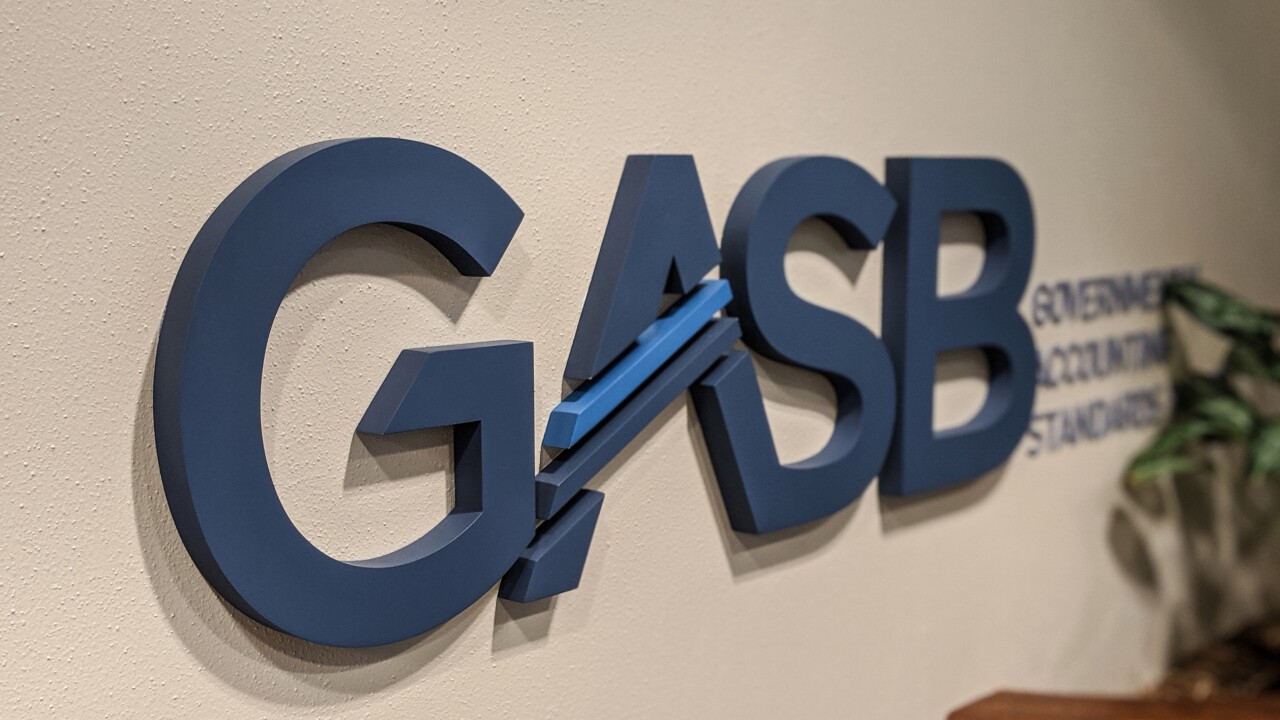While flattening yield curves may signal a rising risk for recession, the curve that has proven most accurate in foretelling a downturn remains far from inverting, according to a Federal Reserve Bank of San Francisco

“In light of the evidence on its predictive power for recessions, the recent evolution of the yield curve suggests that recession risk might be rising,” according to the Letter’s authors Michael D. Bauer and Thomas M. Mertens, research advisors in the Bank’s Economic Research Department. “Still, the flattening yield curve provides no sign of an impending recession.”
The yield curve must invert to predict a coming recession, and none of the curves has yet to go negative. The authors found the spread between the 10-year and three-month Treasury yields to be “the most reliable” predictor of a downturn, and that curve remains “a comfortable distance” of “nearly 1 percentage point away from an inversion.”
Additionally, the researchers say, while the curve may signal recession, it doesn’t explain “the fundamental causes of recessions or even the direction of causation. On the one hand, yield curve inversions could cause future recessions because short-term rates are elevated and tight monetary policy is slowing down the economy. On the other hand, investors’ expectations of a future economic downturn could cause strong demand for safe, long-term Treasury bonds, pushing down long-term rates and thus causing an inversion of the yield curve.”
No “empirical basis for adjustments based on the term premium,” is seen by the authors, “especially in light of uncertainties about the possible effects of quantitative easing.”





